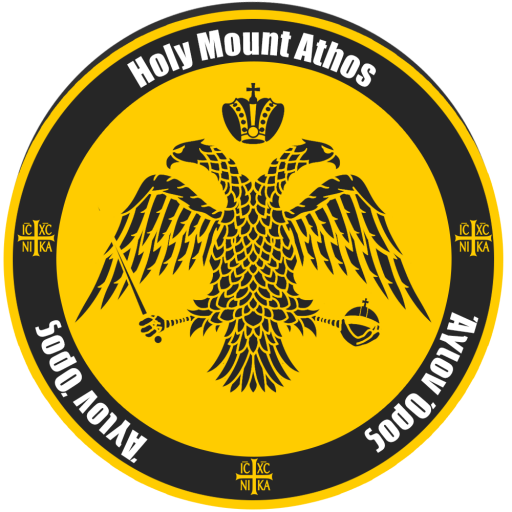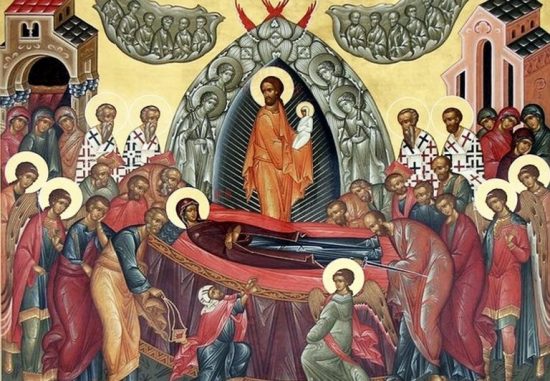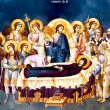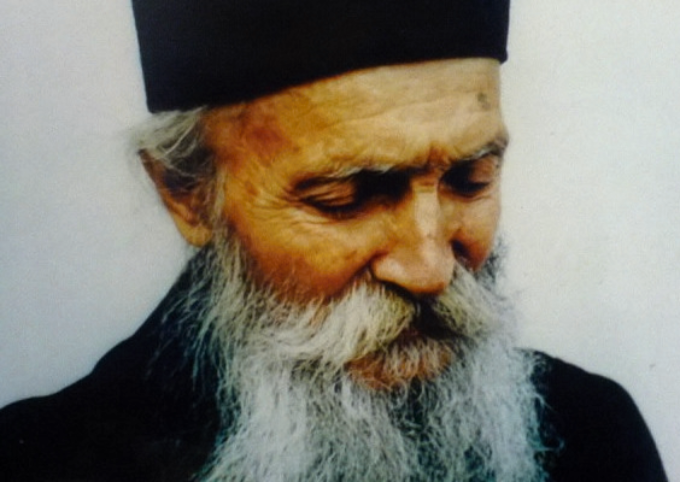The Feast of Dormition of the Theotokos is the most well known day for honoring the Most Holy Mother of God. After the Lord`s Ascension and the Pentecost the Holy Scriptures of the New Testament don`t mention anything anymore about the life of Virgin Mary. An exception makes saint Luke: in the Acts of the Apostles he mentions Virgin Mary`s presence in Jerusalem, taking part at the life of the primary Church together with the holy apostles, as they all joined together constantly in prayer, along with the women and Mary the mother of Jesus, and with His brothers.(Acts 1,14)
It is important to remember that the moment of Dormition of the Holy Mother of God and her passing to eternity we find in the patristic writings only after the 6th century when many Holy Fathers detailed the event as well as the acts which followed it. They were concerned about the age when it took place, issuing many hypothesis. According to some of them, Virgin Mary was between 45 and 48 y.o Others assumed she was around 60-70 y.o Only Saint Maximus the Confessor speaks of an older age, 80 years. In the primary Church the first feasts after those which existed from its foundation as Easter and Whitsuntide were those which celebrated the martyrish death of the holy martyrs as a day of their spiritual birth. The absence of such a celebration dedicated to the Holy Mother of God excludes the possibility of her martyrish death.
The Feast of Dormition of the Holy Mother of God, the crowning of Virgin Mary`s glory
From the apparition of this feast, the Holy Fathers of the Church in their writings dedicated extensive space to the moment of separation of the Holy Mother of God`s soul of her most pure body. For example, saint Epifanios of Cyprus aiming to show that the whole life of Holy Virgin Mary was a special one, says: `Her child bearing, her childbirth were miraculous and salvatory for the world and her Dormition was honored, holy and most praised indeed.
From this reason maybe some liturgists consider the Feast of Dormition of the Holy Mother of God as the crowning of Holy Virgin Mary`s glory and also as the ripe fruit of the Church teaching about her.
However, it seems inexplicable that we don`t have any information about the death of the Holy Mother of God from the first century, which is quite an odd fact, as such an event would not have passed unnoticed in the community of the believers and it would not have been considered without liturgical value. There was an attempt to explain this fact, asserting that, as Eusebios of Caesarea and Saint Epiphanios mention it, in the second part of the 1st century, the persecutions started against the Christians from Jerusalem determined them to take refuge in a small village from Decapolis called Pella. An ancient tradition states that saint John the Apostle did not leave Palestine, but remained in Jerusalem with the Holy Mother of God who reposed approximately when the Christian community from Jerusalem was in its majority in Pella. Returning to Jerusalem, they found it almost completely destroyed by Titus and they were forced to leave it again because of the rebellion of Bar Kokeba in the time of emperor Hadrian.
The oldest mention of the repose of the Holy Mother of God belongs to Origen
He says that `Mary remained a virgin until her repose.` Saint Ephrem the Syrian, blessed Heronimus, saint Gregory of Nyssa consider that the Holy Mother of God died of a natural death and saint Ambrosius, without saying explicitly why and how it ended the earthly life of the Holy Mother of God, say that she did not die of a violent death. But according to the words of elder Simeon `a sword will pierce your own soul too, so that the thoughts of many hearts will be revealed.` (Luke 2, 35) there was a tradition in accordance with which the Holy Virgin would have died as a martyr, tradition which is combated by saint Ambrosius when he makes the statement from above. The absence of a feast dedicated to the death of the Holy Mother of God until the 6th century shows that she did not suffer martyrdom being known that since the first Christian centuries the martyrs were honored on the date of their death. The only feast dedicated to the Holy Virgin Mary and attested before the Ecumenical Council from Ephes was one called the remembrance of the Most Holy Mother of God and ever Virgin Mary, which celebrated her divine maternity and her wondrous conception as a virgin.
In the following lines, we shall briefly present some of the sources for the Feast of Dormition mentioning first of all the Life of the Holy Mother of God written by saint Maximus the Confessor, work which is contested by some researchers who consider it inauthentic. The writing of saint Maximus has the following title: `Ode and honor, glory and praise to the Most Holy Empress, the Most Pure and Most Blessed Holy Mother of God and ever Virgin Mary and record regarding her pure and blessed life from her birth until her death, written by our blessed father Maximus the philosopher and confessor, work elaborated as it seems purposefully for honoring the blessed Dormition of the Holy Mother of God, fact which is revealed by the text itself: that is why I call all the friends of God and believers in Christ who honor the Most Holy Mother of God to always gather full of ardor and desire to adorn themselves with spiritual adornments to chant and raise divine praises at this great feast of her Dormition.`
Another important source is represented by the writing of Epiphanios the Monk and Priest `Word about the life of the Most Holy Mother of God and her years`
Epiphanios offers us another description of the physical appearance of Most Pure Virgin Mary repeated afterwards by other church writers. Another important source regarding the Dormition of the Holy Mother of God is the work of Saint Simeon Metaphrastes, `Account about everything happened from the birth and growth of the Most Holy Mother of God, from the birth with divine blessing of Christ our Lord until her repose as well as the apparition of her precious robe and how this great richness became a treasure for the Christians.` In what regards the apocryphal writings about the Dormition of the Holy Mother of God, they are a plenty. The Holy Fathers who after the 5th century wrote about this feast, selected and used from such writings only those information which corresponded to the canonic writings already verified.
The hymnography for the Feast of Dormition
A summary of these teachings was made when it was elaborated the service of the feast of Dormition composed by saint Cosmas of Maiuma and saint John Damascene and it dates most probably since the 8th century.
Among the stichera of saint John Damascene were intercalated some composed by Germanus the 5th Patriarch of Constantinople, Anatholy and Teophanus. The two canons of the Matins belong to saint Cosmas of Maiuma and saint John Damascene. Both are focused on the repose of the Holy Virgin which is not a death and if it is not used the term transition or dormition is associated with the life which precedes it.
In a homily about the Dormition of the Holy Mother of God, saint John Damascene makes a parallel between the virtue of virginity and the incorruption of her body after death, teaching found in the chants of the feast: `In giving birth, she preserved her virginity, in falling asleep she was translated to life and her body is preserved uncorrupted.
Many Holy Fathers wrote in their works about the miracle of the Resurrection of the Holy Mother of God and of her transition to the heavenly places, emphasizing the difference between her and the other saints who pleased God, distinction expressed especially by saint Theodore of Studium. While after their death the saints enjoy the communion with heaven only with their souls, the Holy Mother of God rejoices with all her being, body and soul, of this blessed condition.
The importance of the Dormition of the Holy Mother of God in the liturgical tradition, but also in the common piety is overwhelming.
The name of the feast known as Summer Passover which remained from the old times perfectly attests the place of its celebration in the life of the Church, this being the day when Virgin Mary, the spring of life, makes her transition to Life. Obeying the laws of nature, she passes through death then by the power of her Son she ascends to the glory of heaven. And from there from the heights of the skies she never ceases to overpour above us, her spiritual sons, a plenty of mercies and blessings.
Archimandrite Mihail Daniliuc
Source: http://ziarullumina.ro






